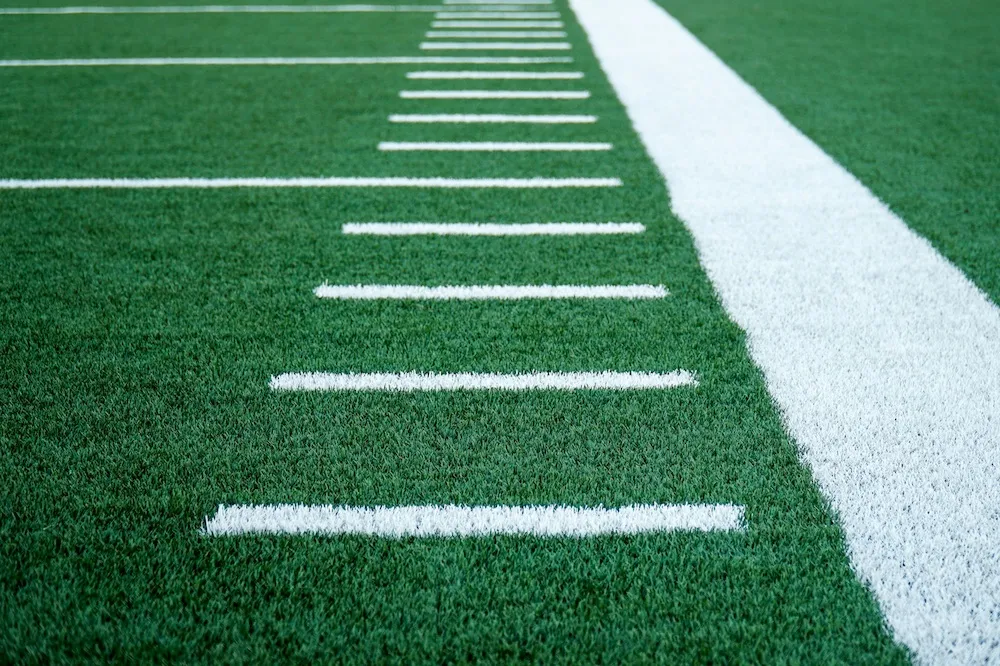
The Full Package of Quarterback Training
EForce’s quarterback training program focuses on leadership, decision-making, mobility, and consistency, developing quarterbacks who excel under pressure.
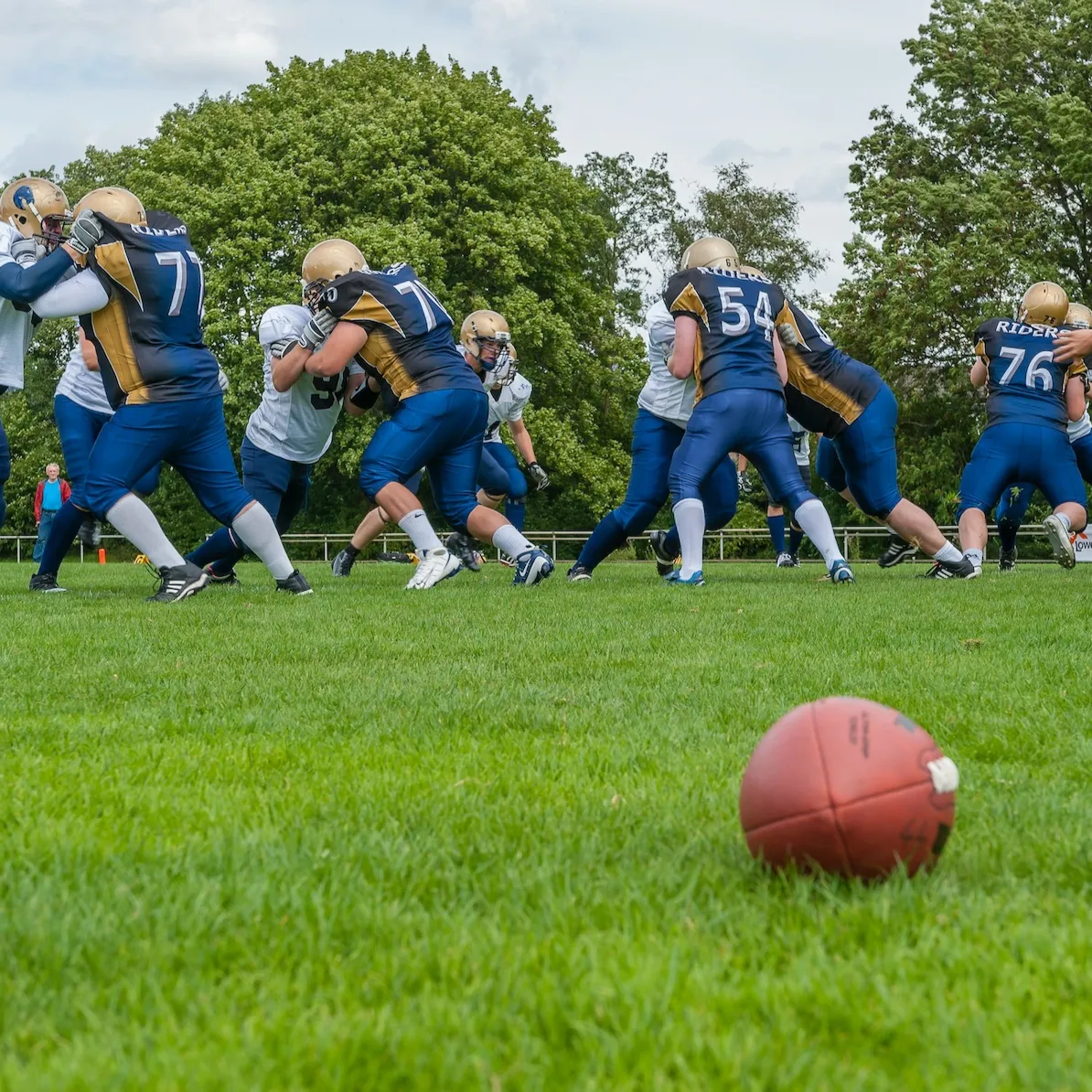
Speed and Agility Training for Football Players: Techniques to Elevate Your Game
Enhance your speed, agility, and explosiveness on the field with expert football training drills for WRs and DBs. Learn techniques to boost quickness, acceleration, and reaction time.
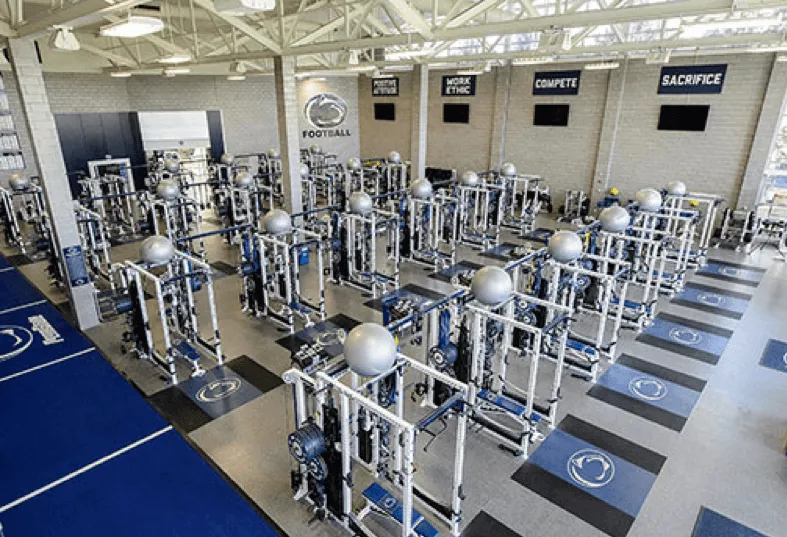
The Importance of an In-Season Training Program
We see it all too often! An athlete spends countless hours in the off-season working to develop themselves to their peak potential for their season.
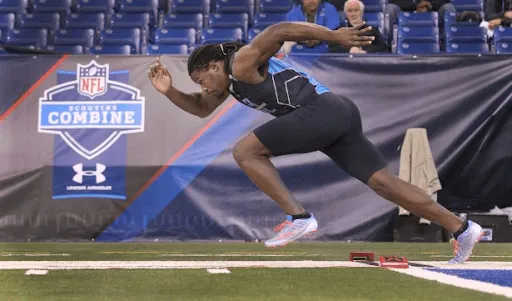
Does Skill Work = Speed Development?
Most highly qualified coaches (including the EForce Performance Staff) look at athlete development through the lense of the 4 Co-Active Model.
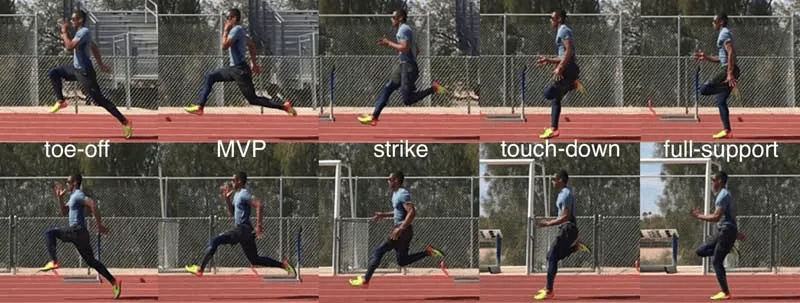
Sprinting Mechanics Made Simple: Max Velocity
Max Velocity can be defined as the highest attainable velocity an object can reach, which is demonstrated by discontinuation of acceleration.

Sprinting Mechanics Made Simple: Maximizing Acceleration
With team sport athletes, teaching the concepts of proper acceleration mechanics is vitally important.
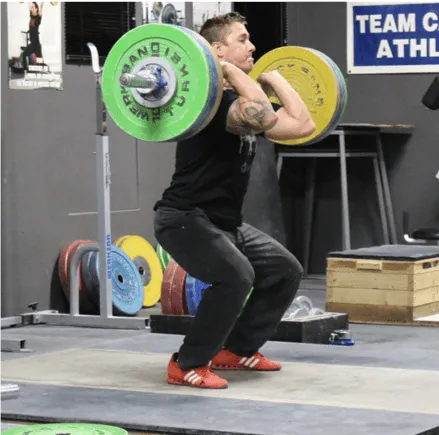
Why We Don't Do Olympic Lifts (Most of the Time)
In many strength and conditioning programs you will find that they have athletes doing Olympic Lifts (Power Clean, Snatches, Jerks) to develop power.
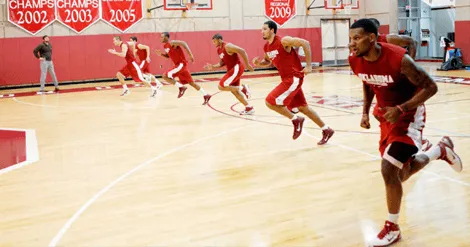
Understanding Conditioning for Your Position/Sport
Summer is the unofficial start of when fall sport athletes begin focusing on strength and conditioning in preparation for their upcoming season.

Exercise Progressions: The Squat
Anyone who has trained with us at EForce has probably recognized that we utilize many different squat variations.

What to Look for in a Training Shoe
Although it is an important factor to consider, many athletes don’t think very much about what shoes they should be training in… at least from a functionality standpoint.
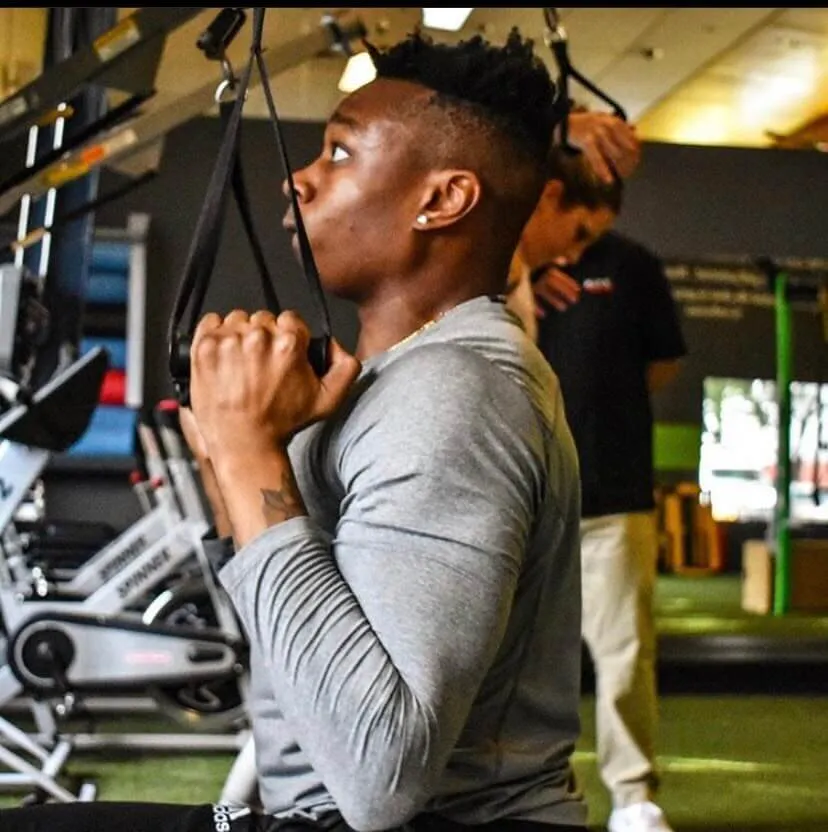
A Look Inside Your 1st Month of Training at EForce
Oftentimes when athletes start with us the training process doesn't always look like what they expect, but the results sure do!

What is the "Right" Squat Depth?
Conversations around squat depth in the world of Sports Performance can be a bit controversial.
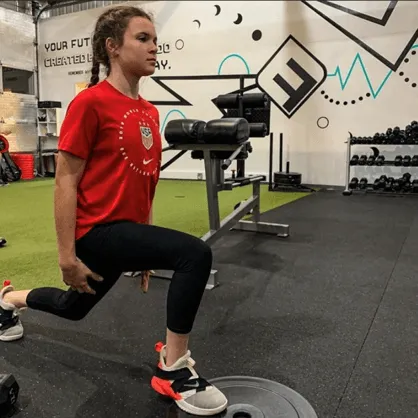
Dispelling the Myths of Youth Weight Training
When working in sports performance with youth to professional athletes it’s not uncommon for us to get asked if it’s safe for younger kids to lift weights.

Growing Pains: Injury Risk Associated w/ Growth Spurts & Maturation
Reducing injury risk in sports at all levels is a top priority for those who work in Sports Performance and Sports Med.

Building Blocks of a High-Performance Lifestyle
The philosophy behind the High-Performance Lifestyle is acknowledging that everything matters!

Developing Strength in Team Sports: The Value of Sub-Maximal Training
In the realm of Team Sport athletic development, many high-level Strength and Conditioning Coaches recognize STRENGTH sets the foundation for many other athletic qualities to be built off of (Speed, Jumping, Power, etc.).
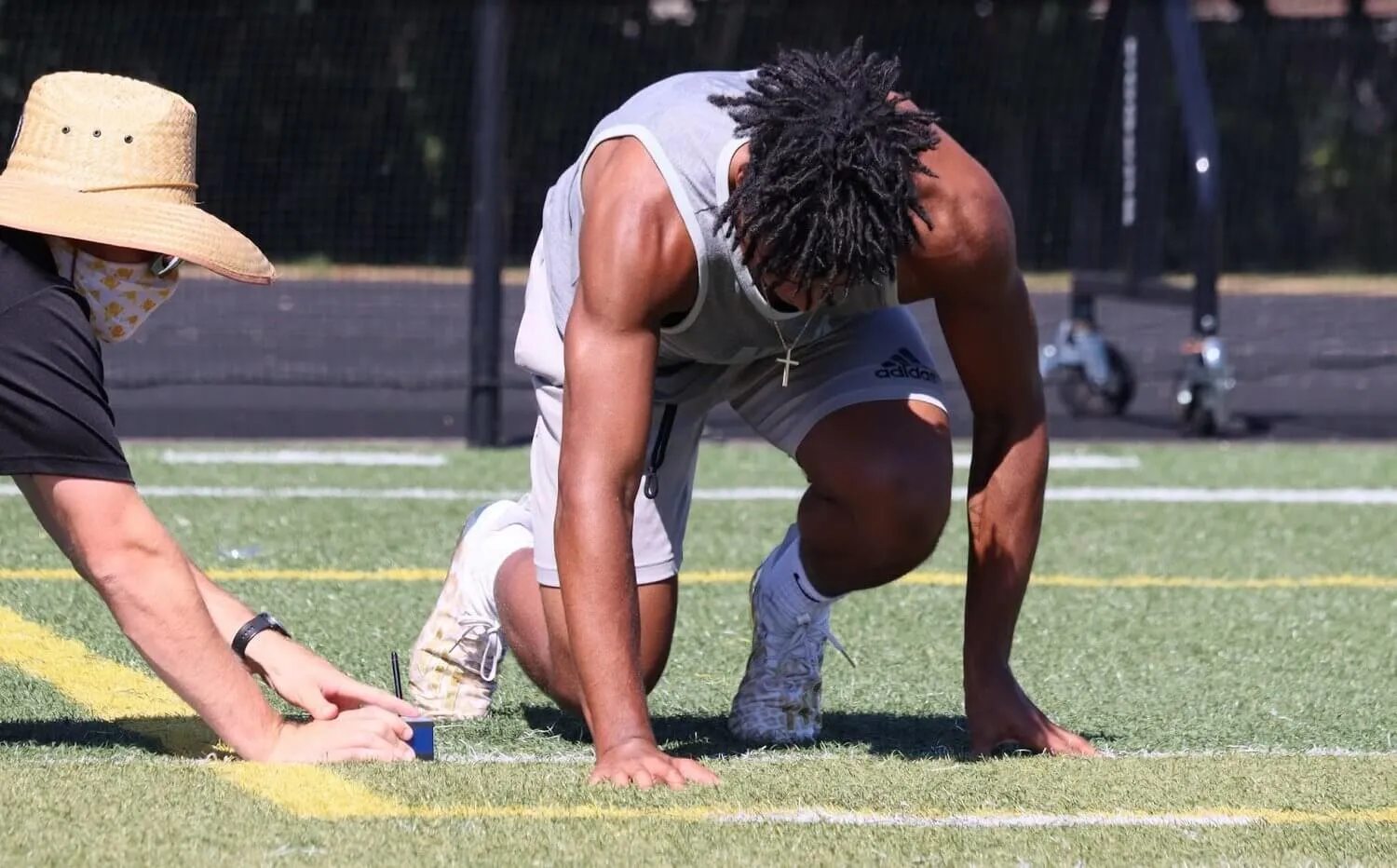
The 40yd Dash Race Model: Drive, Rise, Run
There are many factors that go into running your best 40yd Dash and arguably maybe one of the most important is the race model.
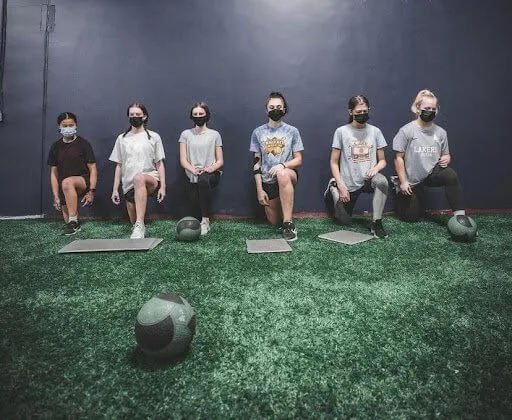
Medball Training for Power Development
At EForce we utilize many different training methods to facilitate power development for our athletes. One staple that you’ll find in almost all our programs is the use of medballs.
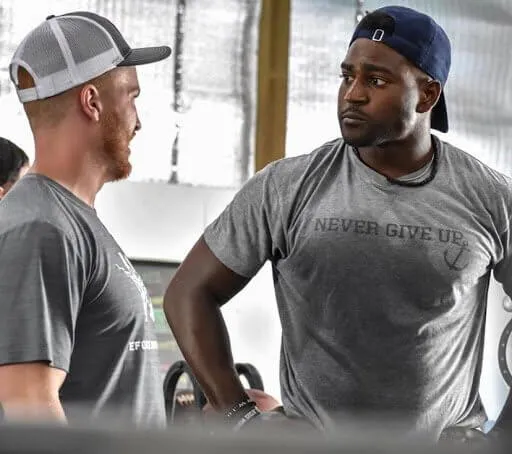
Understanding the Training Process: Stress, Recovery, Adaptation
While often workouts written by top-level Strength & Conditioning Coaches may look simple on paper, this is actually not the case.
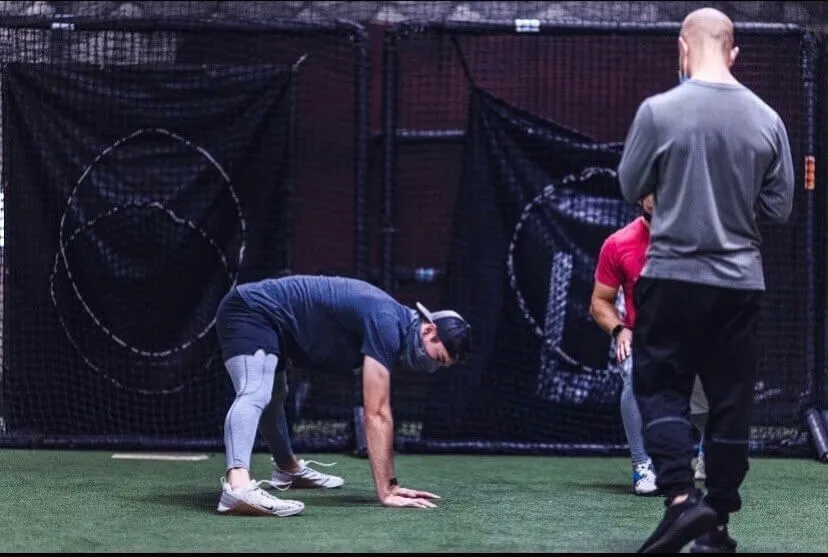
Developing an Effective Warm-up
Warm-ups are important. It’s a pretty simple statement… but why?

A Simple Approach to Goal Setting: SMART Goals
Goal setting plays a large role in many athletes’ lives and provides direction, motivation, focus, and clarity. By setting goals for yourself, you’re providing a target to aim for.

Structure Breeds freedom
We’re well in to the school year and fall sports… and for most of our youth, high school and college athletes that means busy schedules!
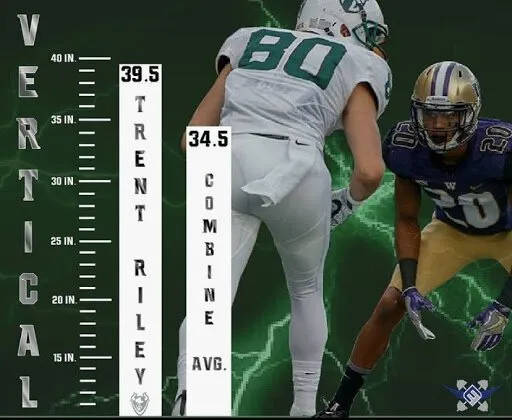
Defining, Testing & Categorizing Jumps / Plyometrics
In almost every athletic development program you will find jumping/plyometrics included.
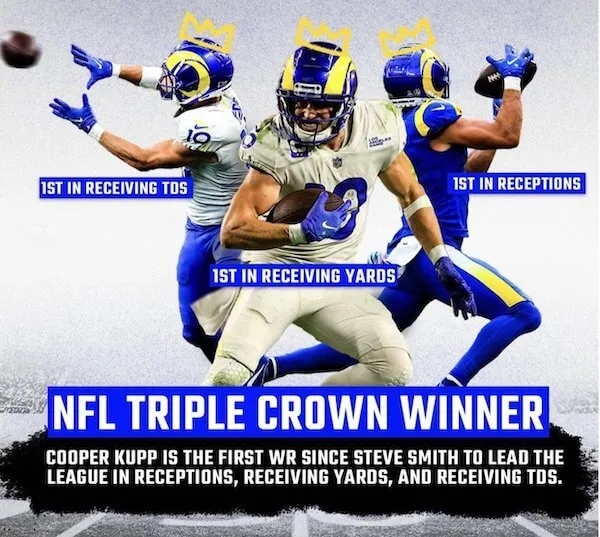
My Off-Season Training w/ Cooper Kupp (Part 1)
Through Cooper Kupp's 2021-2022 prolific triple crown season, many people began to ask the question… “What did he do in preparation to have one of the most dominant seasons in NFL WR history?”



